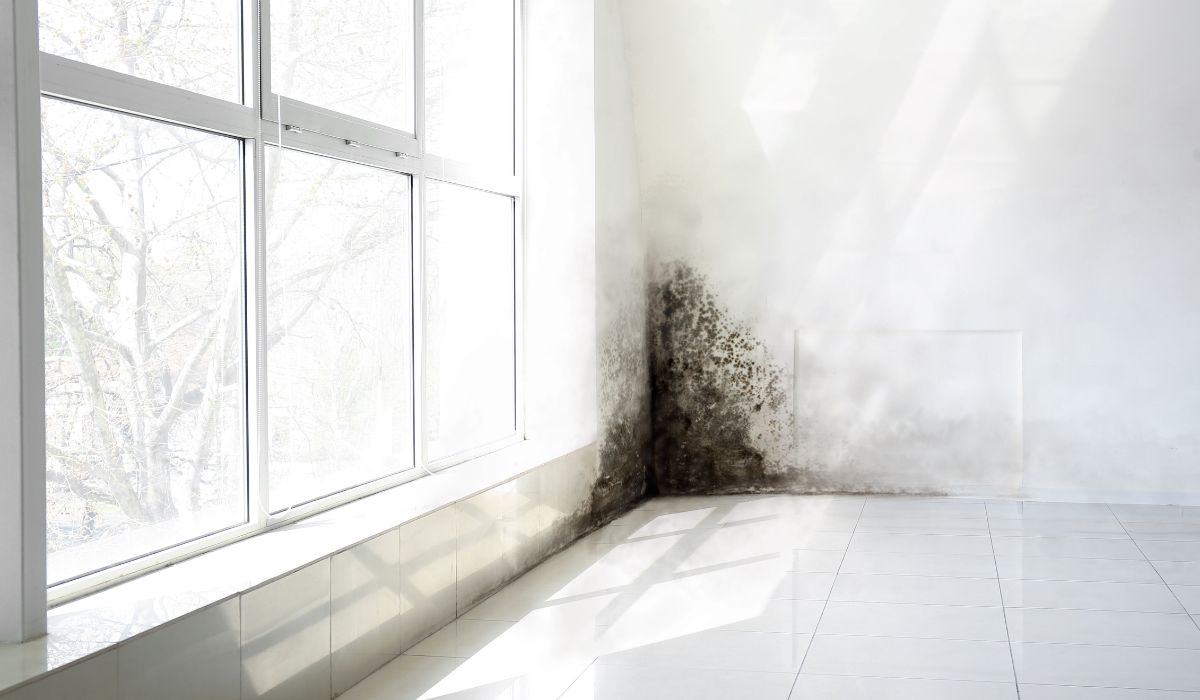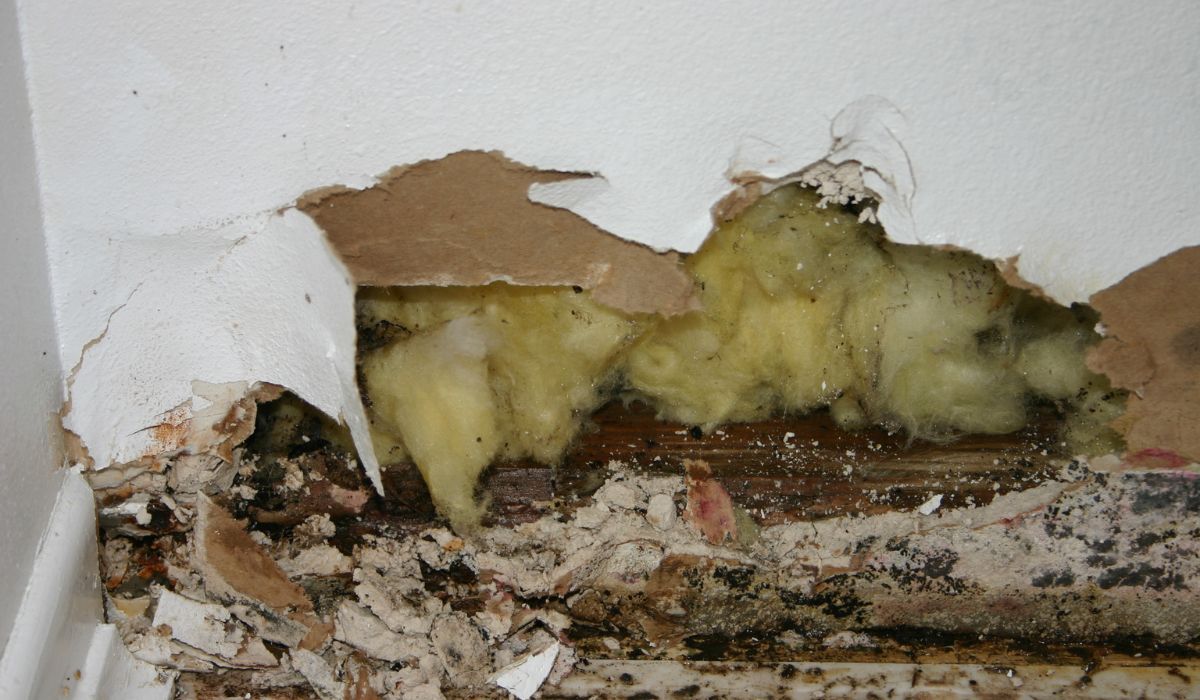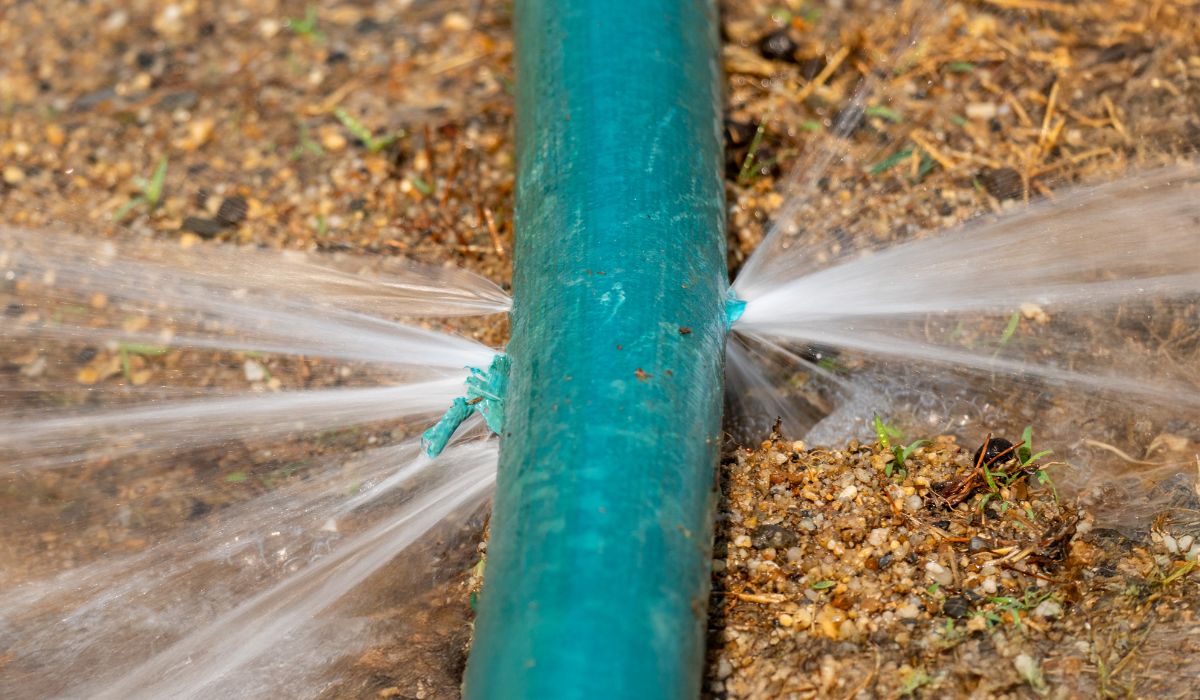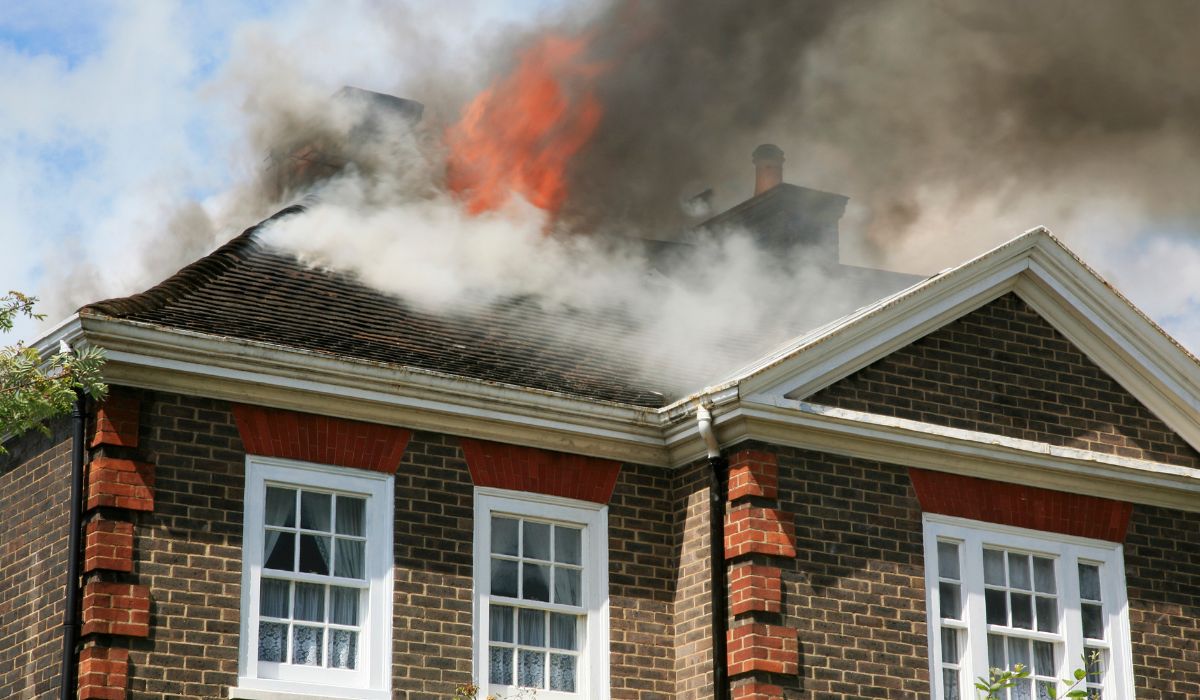How Soon After Water Damage Does Mold Start to Grow
When water gets into your home from a leak, flood, or roof problem, mold can become a big issue. Many people ask, “How soon after water damage does mold start to grow?” The short answer is: mold can start growing in as little as 24 to 48 hours if the water and moisture are not cleaned up quickly.
In this article, we will explain why mold grows so fast, what signs to look for, and how to stop mold growth before it becomes a hazard to your health and home.

Why Mold Grows After Water Damage
Mold Needs Moisture to Grow
Mold is a type of fungus. It spreads through tiny spores that float in the air. When these spores land on wet or damp areas, they begin to grow. Moisture from a water leak, flood, or plumbing problem creates the perfect setting for mold growth.
Organic Matter Feeds Mold
Mold also needs food. It feeds on things found in homes like wood, carpet, drywall, and organic matter such as dust. Once mold finds moisture and food, it continues to spread until the problem is fixed.
Humidity Makes Mold Worse
High humidity makes mold grow even faster. If the air inside your home is damp and warm, spores can spread quickly. That’s why basements, attics, and bathrooms are common places for indoor mold.
How Fast Does Mold Grow After Water Damage?
24 to 48 Hours
Mold can start forming in just one day after water damage. Within 24 to 48 hours, spores may attach to wet surfaces like walls or carpets.
3 to 5 Days
After a few days, you may notice visible signs of mold growth. This could look like small black, green, or white spots on surfaces.
One Week or More
If left untreated, mold keeps spreading. It can damage your drywall, wood, carpet, and insulation. The odor will become stronger, and it may affect your health.
Common Causes of Water Damage Mold
Leaks in the Roof
A broken or damaged roof can let rain seep in. Even a small roof leak can cause water damage mold to start spreading in the attic.
Plumbing Problems
Plumbing leaks under sinks, inside walls, or near toilets often go unnoticed. These hidden leaks create moisture, which allows mold to grow without being seen at first.
Flooding Events
Flood water brings in high levels of moisture and can soak carpet, drywall, and wood. This creates a serious hazard for mold growth throughout the home.
Poor Ventilation
If a home does not have good ventilation, moisture gets trapped indoors. Without airflow or a dehumidifier, mold has the perfect environment to grow.

Signs That Mold Is Growing After Water Damage
Musty Odor
One of the first signs is a strong odor. Mold often smells earthy, damp, or musty.
Spots on Walls and Ceilings
Black, green, or brown stains on drywall, ceilings, or carpet can be a sign of mold.
Warped or Damaged Materials
When mold grows, it can weaken wood, drywall, and carpet. Materials may begin to warp or crack.
Health Symptoms
Exposure to mold can trigger asthma, allergies, skin irritation, and breathing problems. If your family feels sick after water damage, mold could be the cause.
Why Mold Growth Is a Hazard
Health Hazards
Mold releases spores that can affect your respiratory system. People with asthma or allergies may have worse symptoms when exposed to mold.
Structural Hazards
Mold breaks down organic matter like wood and drywall. Over time, this weakens your home’s structure and increases repair costs.
Ongoing Damage
If mold continues to grow, it spreads deeper into walls, floors, and insulation. This makes mold removal and restoration harder and more expensive.
Preventing Mold After Water Damage
Start Water Damage Cleanup Right Away
The faster you begin water damage cleanup, the less chance mold has to grow. Remove standing water quickly and dry out surfaces within 24 hours.
Control Humidity Levels
Use a dehumidifier to keep humidity levels low. Aim for less than 50% indoor humidity to stop mold growth.
Fix Leaks Immediately
Check for any roof leak or plumbing issue. Fixing leaks stops moisture from building up and reduces the risk of mold.
Improve Ventilation
Open windows, use fans, and make sure your home has proper ventilation. This helps dry out moisture and prevent mold growth.
Use Professional Restoration Services
Sometimes, DIY is not enough. Professional water damage restoration experts have tools to remove water, dry materials, and stop mold from growing.
Mold Removal and Restoration
When to Call Experts
If mold has already spread, professional mold removal and restoration services are needed. Experts use safe methods to clean and remove mold without spreading spores further.
Drying and Cleaning
Restoration teams use air movers, dehumidifiers, and cleaning products to dry out wet areas. They may also remove damaged carpet, drywall, or wood.
Preventing Future Growth
Experts also find the source of the water leak or flood. Fixing the root cause ensures mold will not continue growing.
Steps to Take if You Suspect Mold Growth
- Inspect your home for wet spots, stains, or musty odors.
- Check hidden areas like basements, attics, and crawl spaces.
- Fix the source of water damage such as leaks or plumbing problems.
- Dry out the area with fans and a dehumidifier.
- Call a restoration company if the mold has spread or if the damage is severe.
How Long Does Mold Removal Take?
The time needed for mold removal depends on the size of the problem.
- Small areas may be cleaned in one to two days.
- Large infestations inside walls or under floors may take a week or more.
- Full water damage restoration may take longer if construction materials are damaged.
How to Protect Your Home from Future Mold
- Keep your roof and plumbing in good repair.
- Use ventilation fans in kitchens and bathrooms.
- Clean up water spills and leaks right away.
- Install a dehumidifier if your home has high humidity.
- Get regular inspections if you live in areas with heavy rain or flood risk.

FAQs
How soon after water damage does mold start to grow?
Mold can start to grow within 24 to 48 hours after water damage. Quick cleanup and restoration can help prevent mold from spreading.
What does mold smell like after water damage?
Mold often has a musty, damp odor. If you notice this smell after a water leak or flood, it may be a sign of mold growth.
Can I remove mold myself after water damage?
Small spots can sometimes be cleaned, but larger infestations need professional mold removal and restoration. Experts make sure spores do not spread.
Does insurance cover mold after water damage?
Some insurance policies cover mold if it is caused by sudden water damage like a burst pipe. Coverage may not apply for long-term leaks or neglect.
How do I stop mold from coming back after removal?
Fix the water source, use a dehumidifier, and improve ventilation. Keeping your home dry and clean prevents mold from growing again. Contact us today for more information or contact an emergency line.



